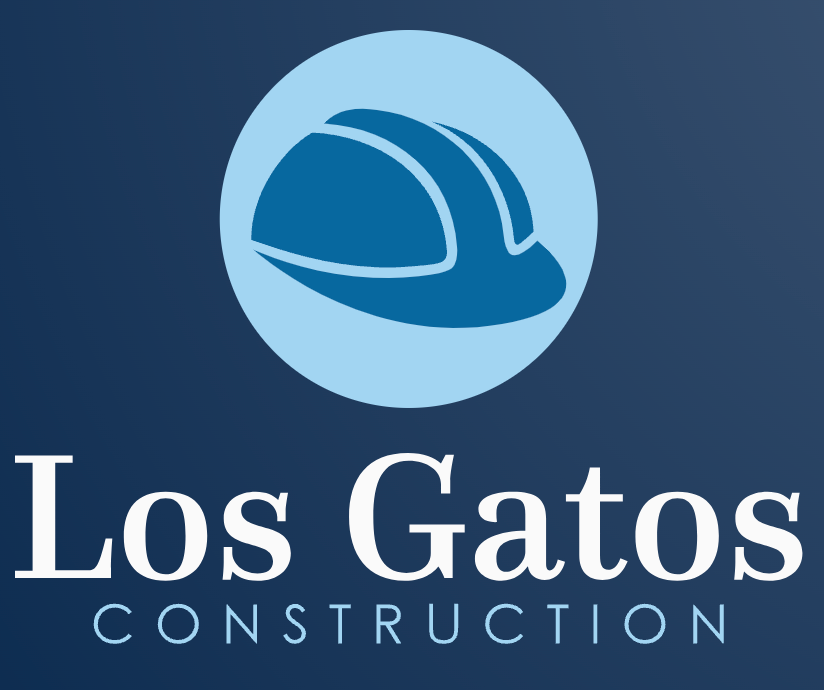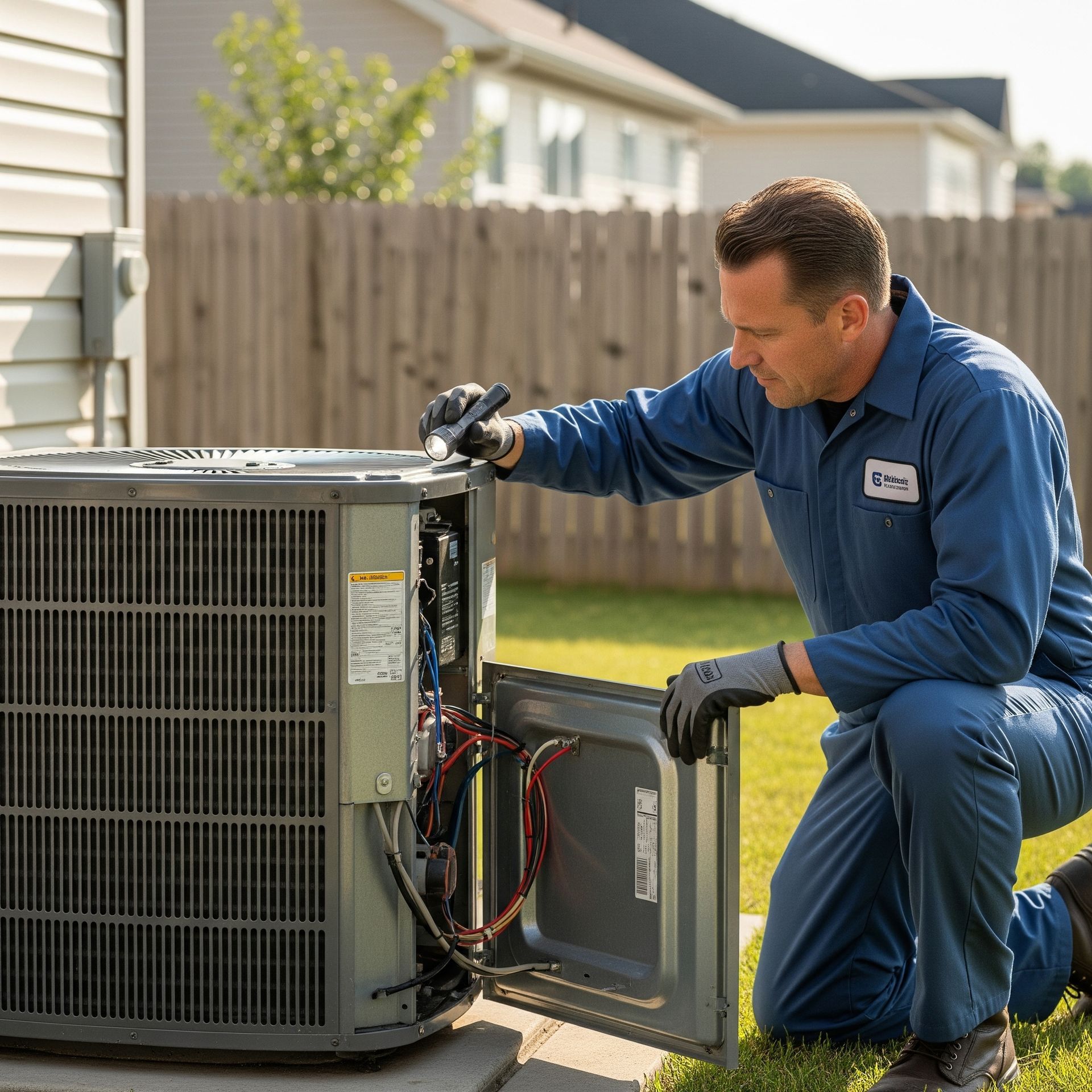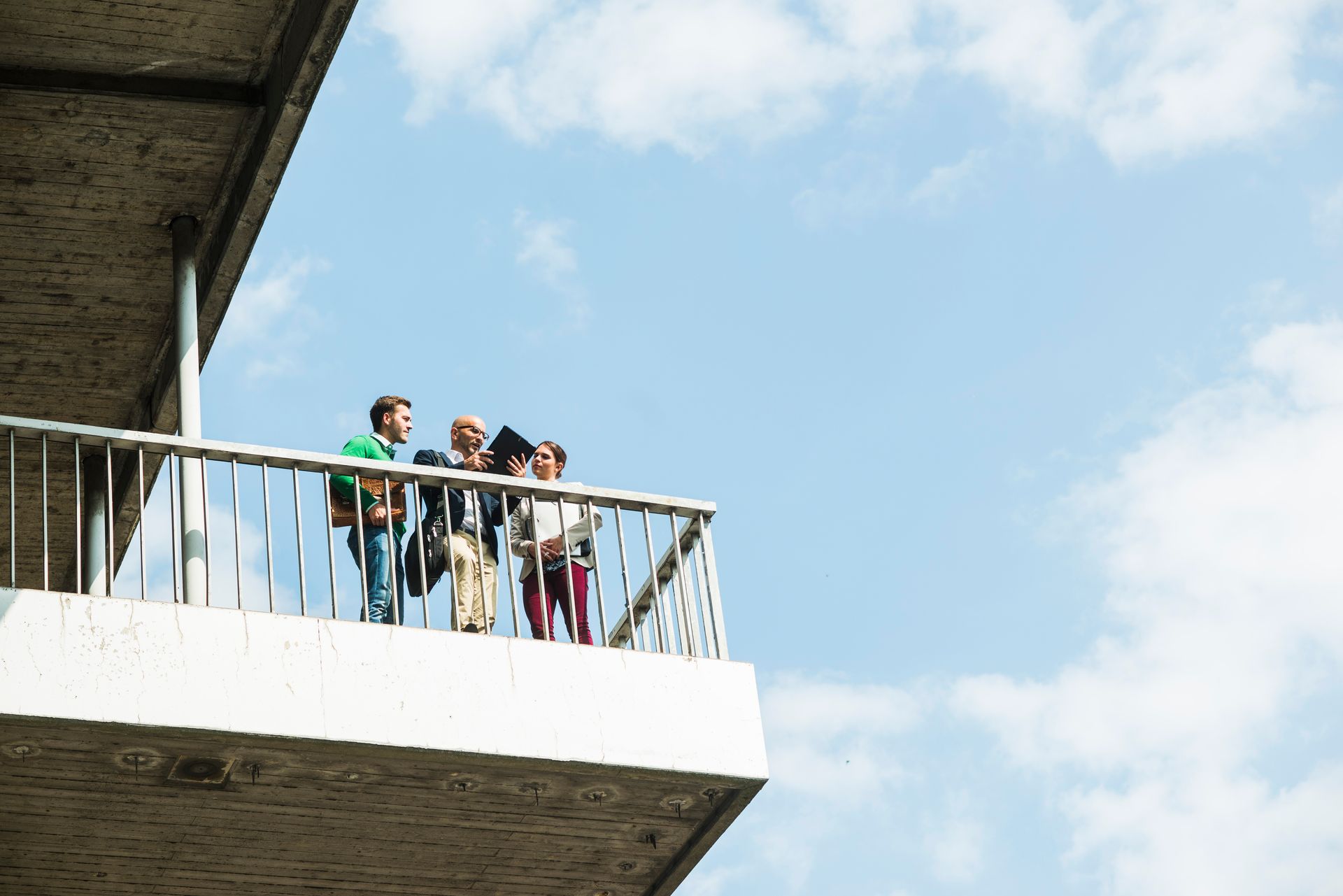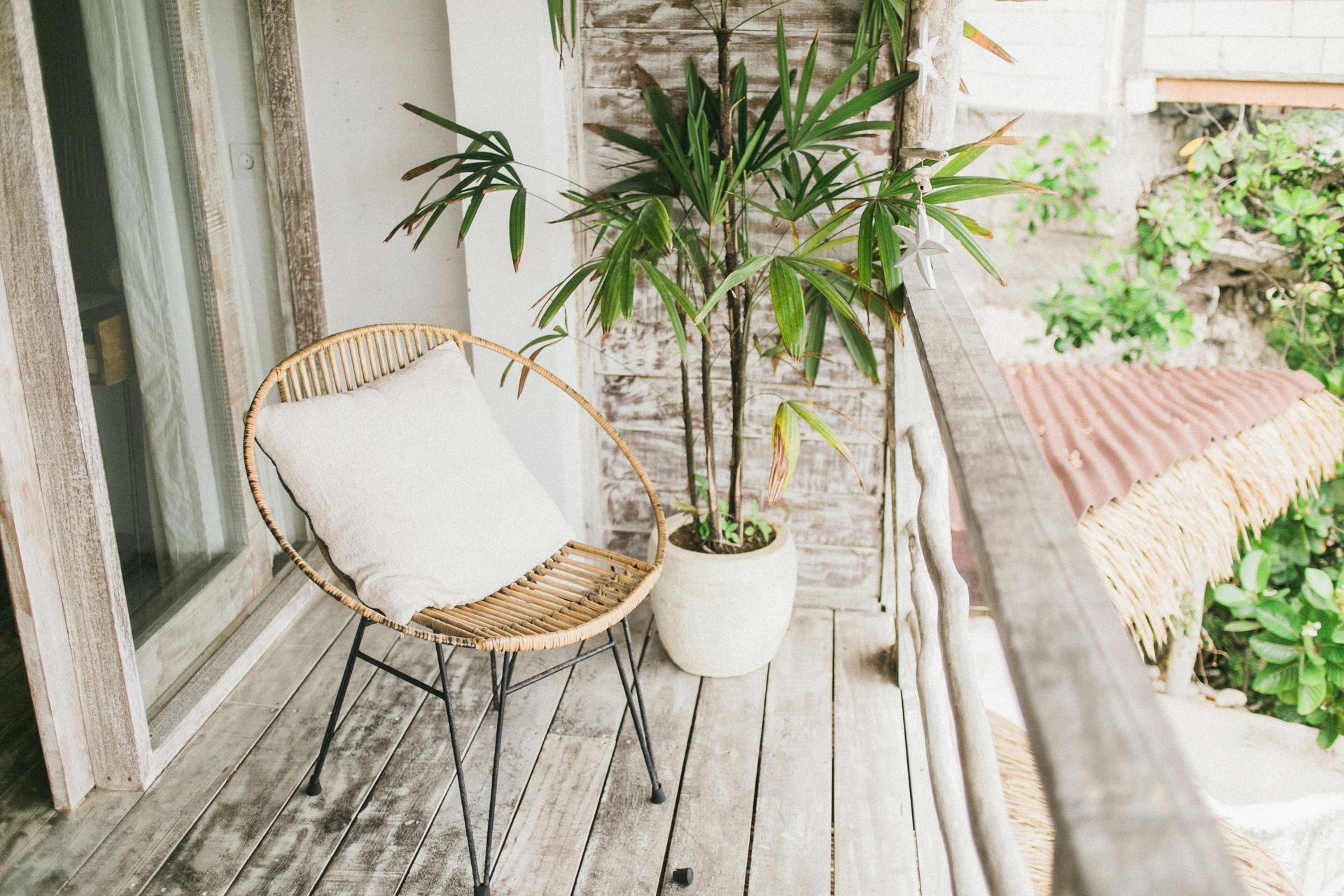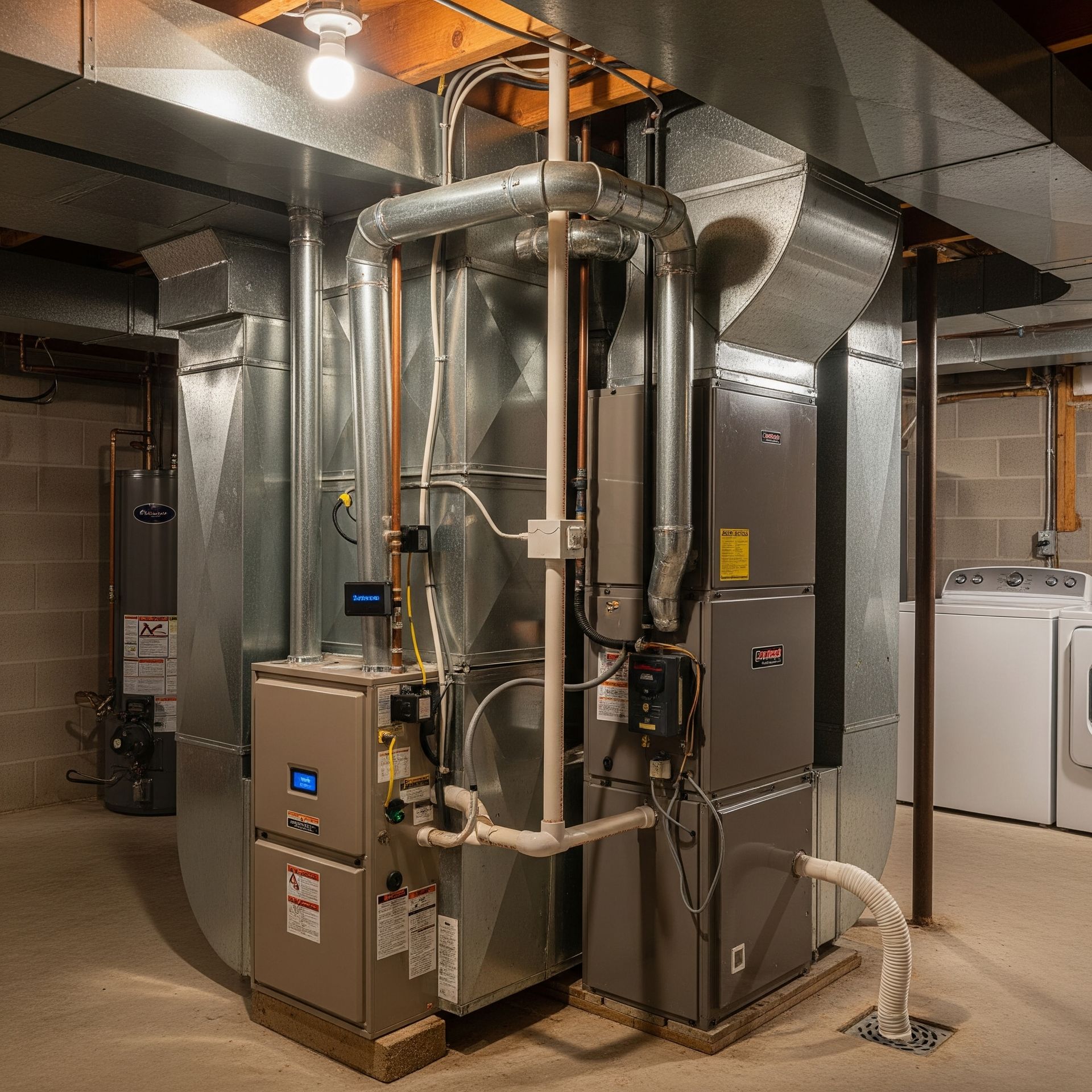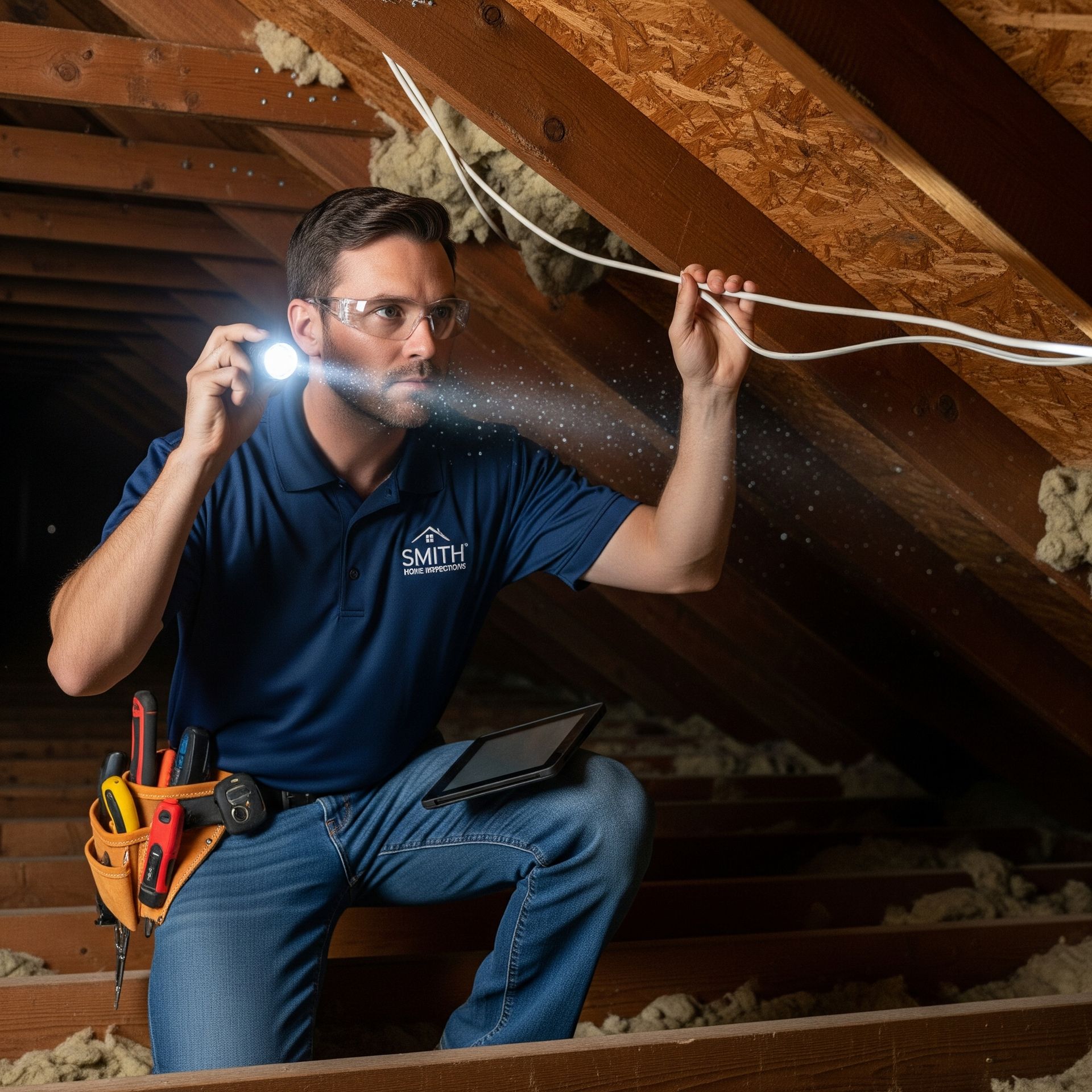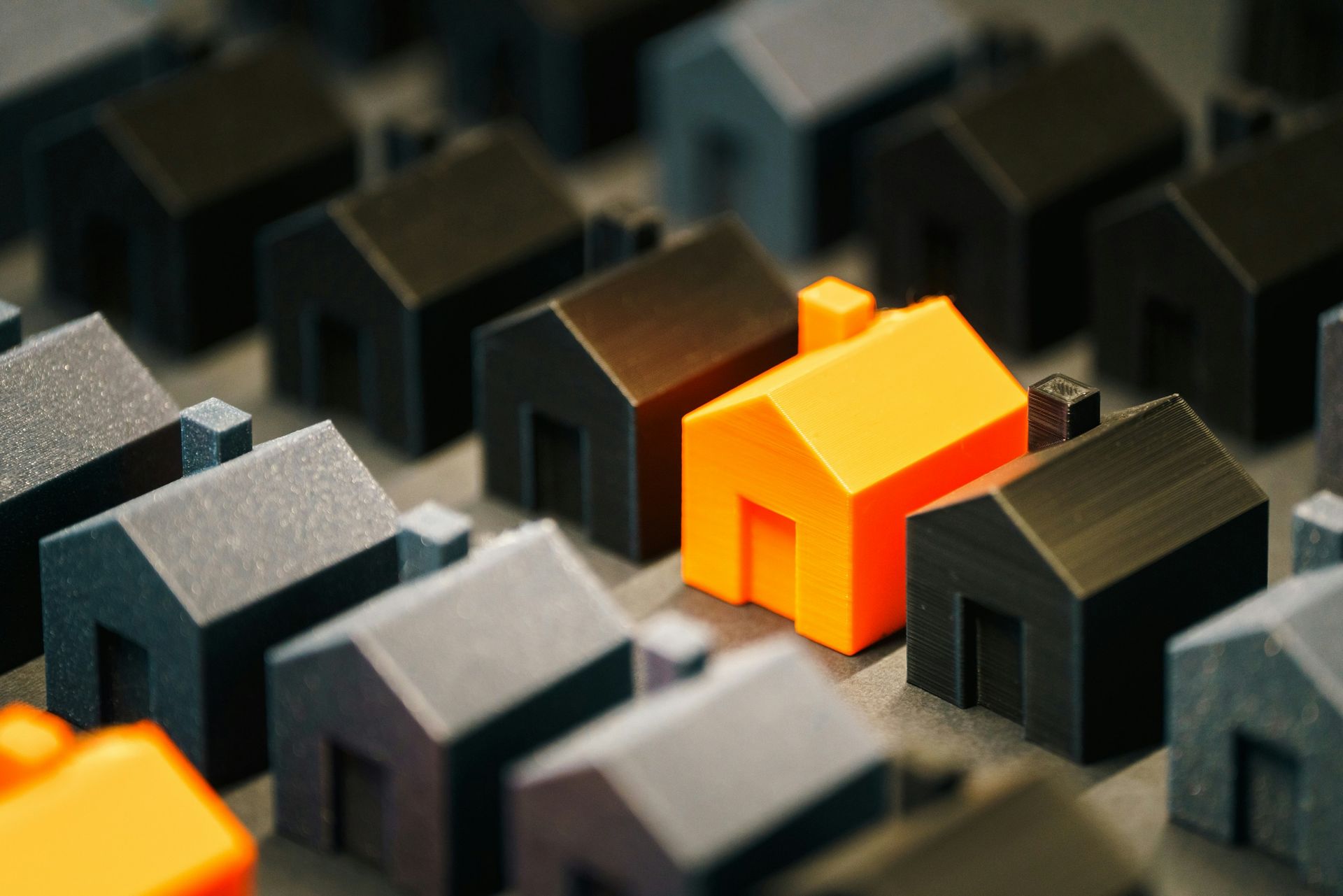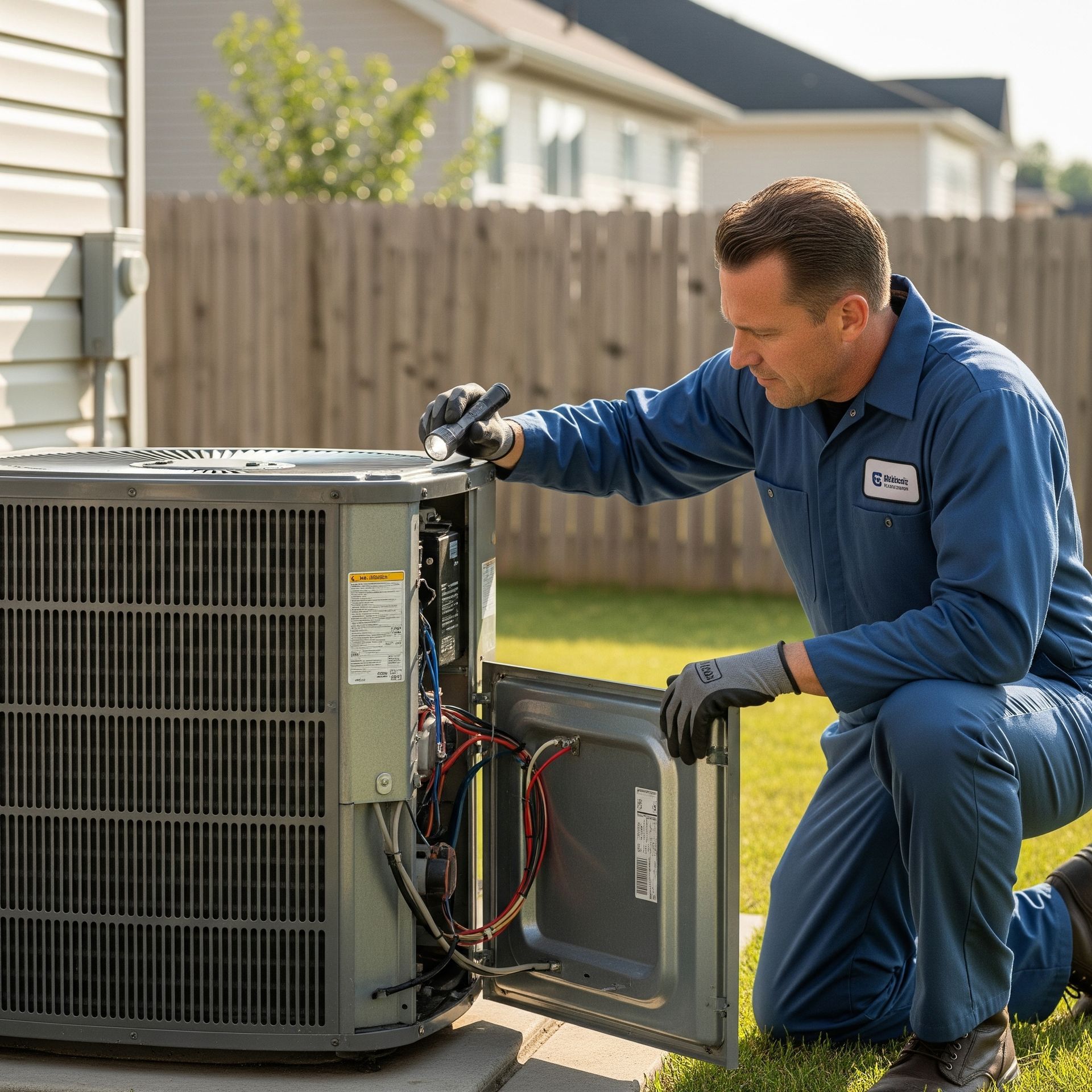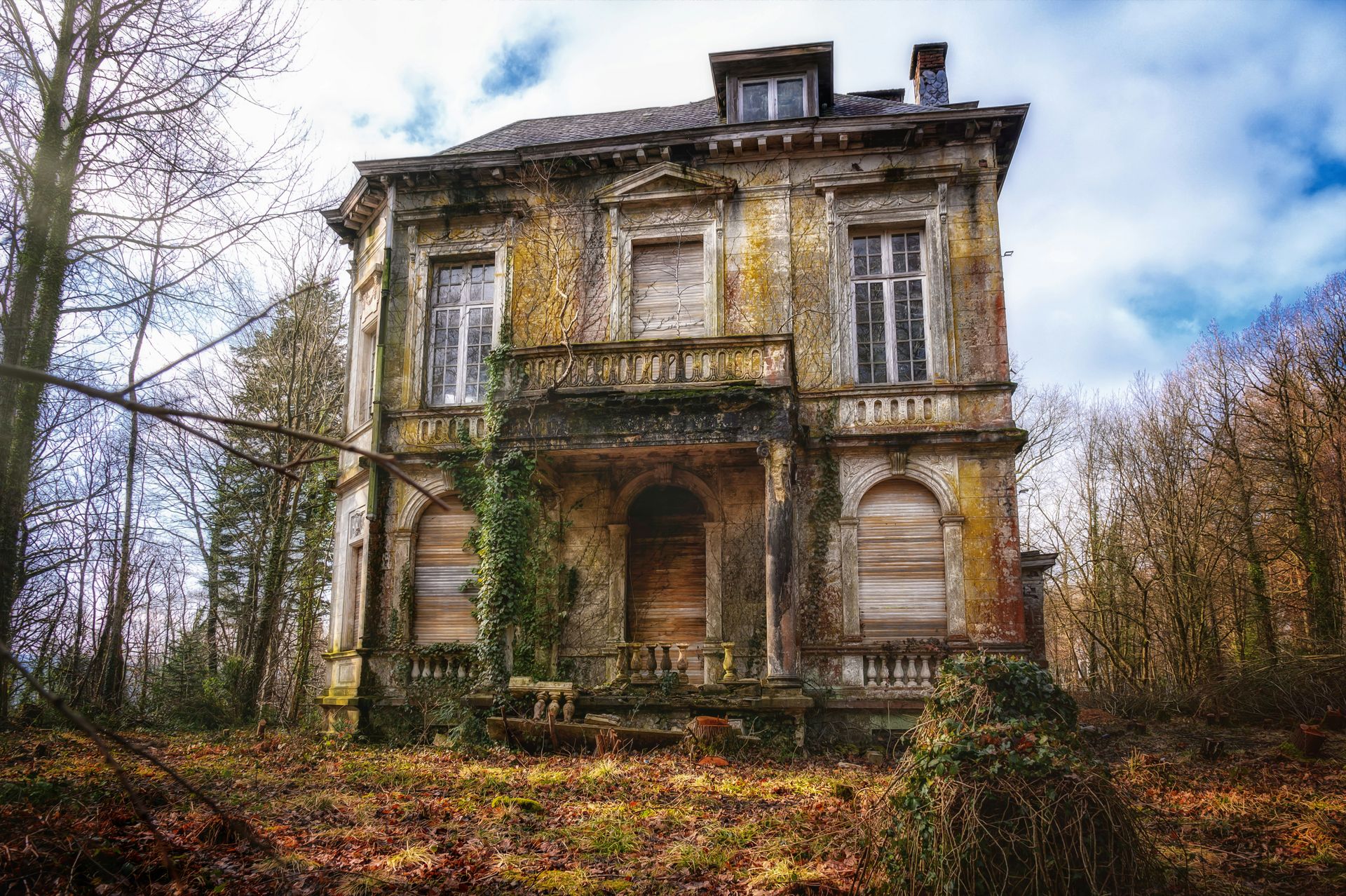Essential Guide to Preparing for San Jose’s Multiple Housing Inspections: What Every Landlord Should Know
Why Multiple Housing Inspections Matter in San Jose
If you own or manage a multifamily property in San Jose, understanding how to prepare for Multiple Housing Inspections is critical. These inspections, conducted through the city’s Code Enforcement Division, are designed to ensure the safety, health, and livability of rental properties. While their intention is to protect tenants, failing an inspection can lead to costly penalties, repeat visits, or legal consequences.
Whether you’re a seasoned landlord or managing your first multi-unit building, a proactive approach is the key to passing these inspections. From property maintenance to tenant communication, every detail matters.
In this guide, we’ll break down what San Jose’s multiple housing inspections involve, what inspectors typically look for, and how to prepare your rental property step by step.
What Are Multiple Housing Inspections?
Multiple Housing Inspections in San Jose are part of a citywide effort to maintain housing standards across multi-unit residential properties. The City of San Jose mandates these inspections for buildings with three or more rental units, as part of its Multiple Housing Program (MHP).
The purpose is to identify code violations, substandard conditions, and safety hazards that can endanger tenants or deteriorate neighborhood quality. Property owners are typically notified in advance and expected to provide access to both common areas and selected rental units.
Inspections are conducted every 3 to 5 years—or more frequently if there’s a history of code violations or tenant complaints.
Why Preparation Is Crucial
Failing to prepare adequately for an inspection can result in:
- Re-inspection fees
- Code violation citations
- Required corrective work
- Legal action or property liens in serious cases
Proper preparation, on the other hand, helps you pass on the first try, preserve your property’s value, and avoid unnecessary stress or expense.
Step-by-Step: How to Prepare Your Property for a Multiple Housing Inspection
1. Review Past Inspection Reports and Notices
If your property has been inspected before, review any prior code violation notices or correction orders. Ensure that all cited issues have been fully resolved. Inspectors will often check for recurring problems or incomplete repairs.
2. Conduct a Pre-Inspection Walkthrough
Before the city inspector visits, perform a thorough walk-through of all:
Exterior spaces: sidewalks, driveways, roofs, stairways, lighting, trash enclosures
Common areas: laundry rooms, hallways, lobbies, mailrooms, stairwells
Units: a sampling will be selected, but you should check all occupied and vacant units
Take detailed notes and flag anything that may violate building, health, or fire codes.
3. Follow a Detailed Property Maintenance Checklist
Here’s a checklist of common issues to look for and address:
Structural and Exterior Issues
- Cracked or broken sidewalks
- Roof leaks or visible sagging
- Loose handrails or damaged steps
- Chipped paint or exposed wood
- Inadequate outdoor lighting
Plumbing and Fixtures
- Leaky faucets or toilets
- Lack of hot water
- Poor water pressure
- Drainage issues or water stains
Electrical Systems
- Exposed wiring or missing outlet covers
- Faulty light switches or fixtures
- Damaged electrical panels
- Overloaded power strips in common areas
Safety and Emergency Access
- Non-functional smoke or carbon monoxide detectors
- Missing or expired fire extinguishers
- Blocked exits or stairways
- Broken security gates or locks
General Cleanliness and Sanitation
- Trash buildup or pest infestations
- Dirty laundry rooms or hallways
- Graffiti or vandalism
- Mold or mildew, especially in bathrooms and kitchens
4. Notify Your Tenants Properly
Under California Civil Code 1954, you must provide at least 24 hours written notice to tenants before entering for inspection purposes. Notices should include:
- Date and time of inspection
- Purpose of the entry
- Authorized personnel (including city inspectors and any maintenance staff)
It’s also a good idea to educate tenants about the process, so they understand why the inspection is necessary and what to expect.
5. Repair and Document
Once issues are identified, make repairs promptly. Be sure to:
Hire licensed contractors for electrical, plumbing, or major repairs
- Replace any defective safety devices (detectors, fire extinguishers, emergency lighting)
- Take before-and-after photos for your records
- Keep receipts and invoices for all work completed
This documentation helps protect you in the event of a dispute or a request for proof of compliance.
6. Check for Permit and Code Compliance
Some repairs or modifications—such as installing a new HVAC system or making structural changes—may require permits. Before the inspection, ensure all work done has been properly permitted and passed final inspections.
The City of San Jose places high importance on compliance with:
- California Building Code
- Uniform Housing Code
- San Jose Municipal Code (Title 17 and Title 24)
7. Inspect Common Safety Features
City inspectors pay close attention to life-safety issues, especially in multi-unit dwellings. Double-check that:
- All units have working smoke detectors in bedrooms and hallways
- Carbon monoxide detectors are present in units with gas appliances
- Fire extinguishers are within required distances and not expired
- Exit routes are clearly marked and unobstructed
- Stairways and handrails are stable and code-compliant
If any of these features are missing or non-functional, they could result in an automatic fail.
8. Schedule Regular Maintenance Before the City Does
Don’t wait for the inspection notice to start maintenance. Scheduling seasonal or biannual checks can help you identify small issues before they become larger—and more expensive—problems.
Routine property upkeep such as:
- Gutter cleaning
- HVAC filter replacement
- Pest control
- Pressure washing
- Appliance checks in units
…can keep your property inspection-ready year-round.
What to Expect During the Inspection
Here’s what typically happens on the day of the inspection:
- Inspectors arrive and verify access to common areas and pre-selected rental units
- A
visual inspection is conducted of interiors and exteriors
- Notes and photos are taken for documentation
- If violations are found, a written Notice of Violation will be issued with correction deadlines
In most cases, a follow-up inspection is scheduled to verify corrections
Be sure to accompany the inspector if possible, take your own notes, and ask questions if anything is unclear.
After the Inspection: Next Steps
If you pass, you’ll receive written confirmation and won’t be re-inspected for another few years (unless complaints arise). If violations are found, take the following steps:
- Address the violations promptly—before the re-inspection date.
- Contact the city if you need more time or clarification on requirements.
- Document all corrective actions and be prepared to show proof during the follow-up.
Non-compliance can result in administrative penalties, reinspection fees, or escalated enforcement action.
Final Thoughts: Stay Ready, Stay Compliant
San Jose’s Multiple Housing Inspections are more than a bureaucratic task—they’re an opportunity to ensure your property is safe, livable, and legally compliant. With rising housing standards and tenant awareness, staying ahead of inspections is a smart business decision that helps retain tenants and preserve property value.
Being proactive with maintenance, safety, and communication makes the process easier, faster, and less costly in the long run.
Let Los Gatos Construction Help You Stay Inspection-Ready
At Los Gatos Construction, we partner with landlords and property managers across San Jose to ensure their buildings meet all city inspection requirements. Our experienced team provides a full range of services—from structural repairs and safety upgrades to tenant communication support—so you can stay compliant with confidence.
We understand the ins and outs of San Jose’s Multiple Housing Inspection process and can help you prepare effectively, correct violations quickly, and protect your investment long-term.
Contact Los Gatos Construction today to schedule a property evaluation and get expert support in navigating your next city inspection. We’re here to help you build safe, sustainable, and successful rental properties.
